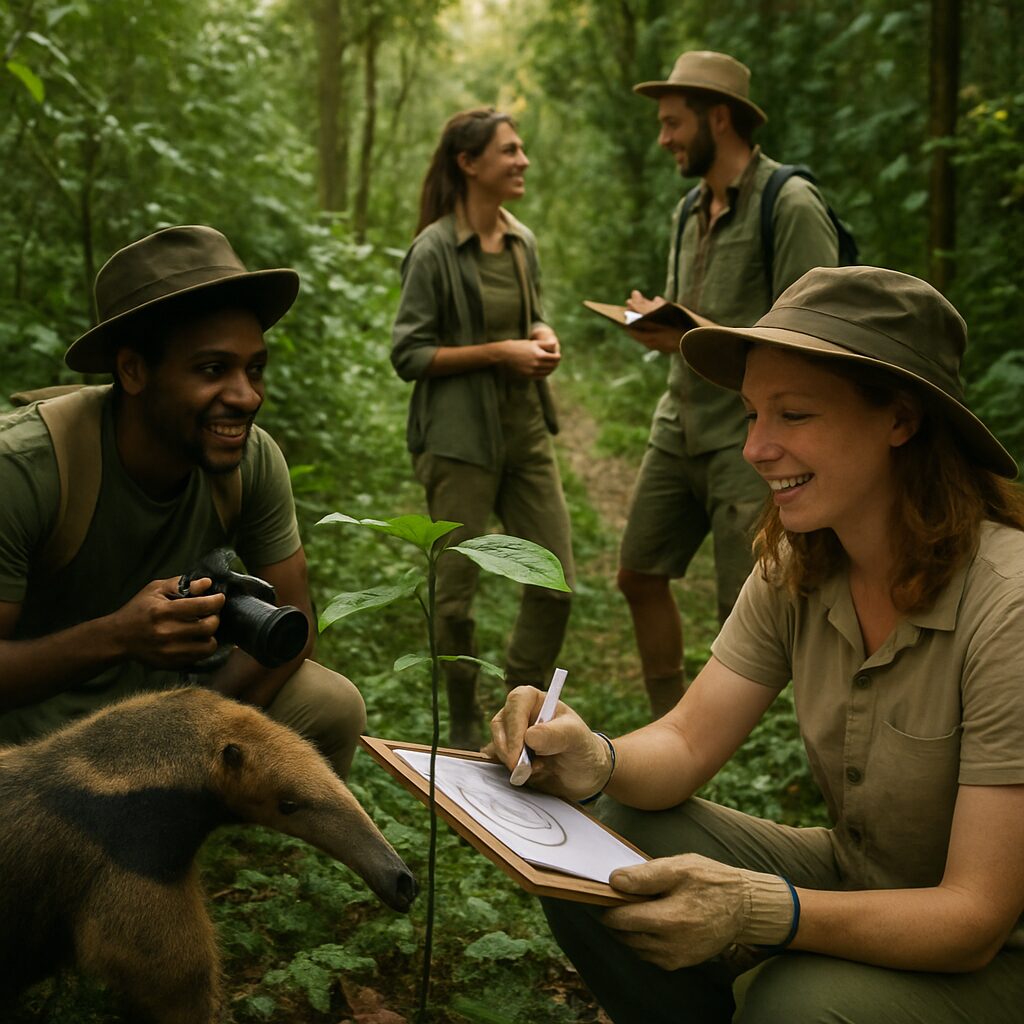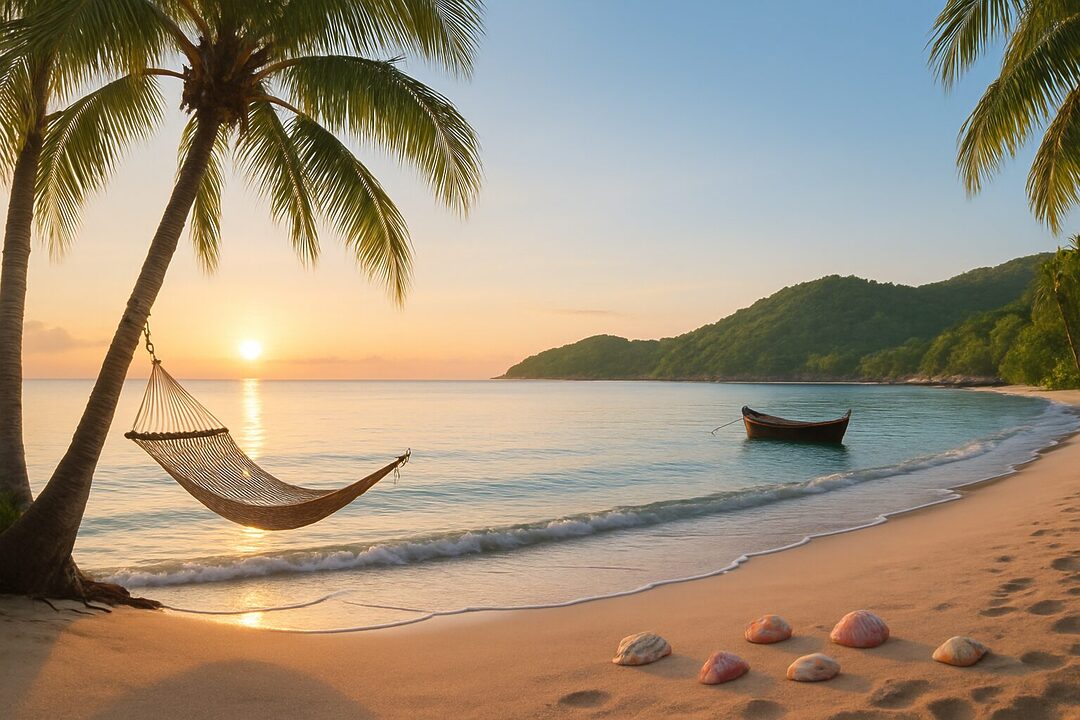In an era increasingly defined by the quest for meaningful experiences and sustainability, travel paradigms are evolving rapidly. The once dominant model of traditional tourism with hurried itineraries and crowded landmarks is confronting the growing allure of slow travel, a concept that emphasizes immersion, mindfulness, and a deep connection to destinations. The contrast between these approaches reflects broader cultural shifts and environmental considerations influencing how people choose to explore the world in 2025. Slow travel is not just a trend but a response to the challenges posed by mass tourism, offering travelers opportunities to engage authentically with local communities and ecosystems. Meanwhile, traditional tourism persists, supported by familiar conveniences and ambitious agendas, yet facing criticism for its environmental footprint and superficial experiences. Understanding the nuanced distinctions between slow travel and traditional tourism reveals the future direction of the tourism industry and sheds light on traveler preferences reshaping global tourism landscapes.
Slow travel’s appeal lies in its celebration of simplicity and meaningful engagement, attracting forward-thinking adventurers who seek wellness, cultural appreciation, and sustainability. Entities such as Airbnb and Intrepid Travel are pioneering offerings that facilitate these immersive, responsible journeys. By prioritizing slower paces, fewer destinations, and authentic encounters, slow travelers foster deeper understanding and support for local economies. Contrastingly, traditional tourism often involves rapid movement between multiple sites with standardized packages, characteristic of mainstream adventure travel and mass tourism frameworks. The environmental and social consequences of this mode provoke reevaluation, prompting many travelers to seek alternatives like eco tours organized with Wildlife Alliance and Responsible Travel principles.
This comparative exploration highlights the evolving preferences of travelers and the transformations in service providers’ approaches, illustrating how slow travel and traditional tourism respectively contribute to the complexity and future sustainability of the travel experience.
Understanding Slow Travel: Principles, Practices, and Benefits
Slow travel is rooted in a philosophy that advocates for in-depth engagement with places rather than ticking off landmarks rapidly. It invites travelers to experience destinations through a mindful, sustainable lens, encouraging extended stays and genuine cultural interactions. This approach aligns with the ideology of localism and respect for natural and cultural heritage, making it a potent alternative to conventional tourism forms. In 2025, slow travel is increasingly integrated with wellness trends, as evidenced by yoga retreats and wellness travel, which merge travel with health, balance, and mindful living.
Key organizations like Road Scholar and Cool Camping exemplify slow travel’s ethos by offering experiences that focus on learning, nature immersion, and sustainability. Road Scholar, for example, curates educational journeys that emphasize understanding history, ecology, and local arts, while Cool Camping promotes eco-friendly stays emphasizing connection to nature.
The benefits of slow travel extend beyond individual well-being. It promotes:
- Environmental sustainability by reducing frequent transportation and encouraging eco-friendly activities.
- Economic resilience for local communities through longer stays and purchases from local businesses, especially when lodging via platforms like Airbnb that support hosts directly.
- Cultural preservation by fostering respectful interactions and appreciation for local traditions and customs.
- Mental health advantages resultant from less stressful travel itineraries and opportunities for meaningful reflection.
Studies such as those featured on ScienceDirect and ResearchGate emphasize these benefits and expand upon the socio-cultural impacts of slow tourism globally.
| Principle | Application | Impact |
|---|---|---|
| Extended Stays | Spending more days in one location to engage deeply | Reduces carbon footprint, fosters deeper cultural connections |
| Local Immersion | Participating in local events, dining, and crafts | Supports local economy and preserves cultural heritage |
| Mindful Movement | Slow pace of travel avoiding rushed visits | Enhances traveler wellbeing and reduces stress |
| Eco-friendly Practices | Using green transportation and accommodations like eco tours | Mitigates environmental impact of travel |
For newcomers, guidance on slow travel tips for beginners can be valuable in cultivating a balanced, enriching travel experience that reconnects the traveler with the essence of the destination.

Traditional Tourism: Characteristics and Implications in Contemporary Travel
Traditional tourism typically entails well-orchestrated itineraries aimed at covering prominent sights and activities within limited timeframes. It often relies on package tours, quick transit between attractions, and accommodations focused on convenience over cultural immersion. Providers like G Adventures cater to these forms of adventure travel by organizing active, packed tours with fixed schedules.
Despite its popularity, traditional tourism has come under scrutiny for various reasons in 2025, including environmental degradation, overcrowding, and superficial traveler experiences. The global surge in air travel linked to mass tourism aggravates carbon emissions, while destinations face challenges of overtourism, affecting both local communities and ecosystems.
Among the impacts of traditional tourism are:
- Environmental strain due to frequent flights and transportation-related emissions.
- Cultural commodification as traditions risk being packaged into tourist spectacles detached from authentic community life.
- Economic leakage where profits are disproportionately repatriated to multinational corporations rather than local stakeholders.
- Wear on infrastructure causing degradation of natural and historic sites due to overuse.
As indicated in the article “Barriers to adoption of slow tourism”, resistance against slow travel is still observed among consumers accustomed to fast-paced holidays, highlighting the entrenched nature of traditional tourism despite its shortcomings.
| Aspect | Traditional Tourism | Slow Travel |
|---|---|---|
| Trip Pace | Fast, covering multiple locations quickly | Slow, focused on one or few locations deeply |
| Tourist Interaction | Superficial, often through commercialized experiences | Authentic, engaging directly with communities |
| Environmental Impact | High carbon footprint with frequent travel | Lower footprint, focused on sustainability |
| Accommodation | Often resorts or hotels with standardized amenities | Local guesthouses, Airbnb stays promoting cultural exchange |
Nonetheless, the convenience and accessibility of traditional tourism continue to attract a large segment of travelers worldwide, showing no imminent decline despite rising awareness of sustainability. Providers like Responsible Travel and others strive to integrate sustainable aspects into traditional models, attempting a middle ground between speed and sustainability.
Environmental and Social Dimensions: Comparing Sustainable Impacts of Slow Travel and Traditional Tourism
Environmental awareness in travel decisions has become pivotal. Slow travel champions environmental stewardship more overtly than traditional tourism. By emphasizing local transportation methods, minimal movement between destinations, and eco-conscious lodging, slow travel aligns closely with ecological preservation and sustainability goals.
Groups such as the Wildlife Alliance have partnered with eco tours operators to protect endangered habitats while educating visitors on responsible travel ethics. Such initiatives contrast sharply with many traditional tourism practices that contribute to habitat destruction and increased pollution levels.
Socially, slow travel nurtures relationships between travelers and host communities, fostering mutual respect and economic empowerment. It encourages travelers to participate in local traditions, support artisans, and choose community-based experiences over mass-market offerings, as promoted by companies like Airbnb in their sustained efforts to enhance local engagement.
- Key environmental benefits of slow travel:
- Reduction in greenhouse gas emissions due to limited transportation
- Preservation of biodiversity through mindful nature exploration
- Support for sustainable local agriculture and food systems such as the slow food movement
A recent comparative framework outlined in academic research comprehensively assesses slow travel’s contributions to sustainability metrics against traditional tourism benchmarks, highlighting ongoing challenges and actionable opportunities.
| Dimension | Slow Travel | Traditional Tourism |
|---|---|---|
| Carbon Emissions | Low – emphasis on walking, biking, and local transport | High – reliance on airplanes and long-haul travel |
| Waste Management | Encourages minimal waste and reusable products | Often generates excessive waste, inadequate recycling |
| Community Benefits | Direct financial support to locals and cultural initiatives | Often benefits large corporations more than communities |
| Biodiversity Protection | Promoted through eco tours and nature stewardship | Threatened by uncontrolled tourism development |

The Traveler’s Experience: Immersion, Wellness, and Mental Health Impacts
In the tourism landscape of 2025, wellness and mental health are key considerations shaping travel choices. Slow travel’s emphasis on serenity, balance, and authentic cultural encounters provides significant psychological benefits. This style of travel contrasts with the often frenetic pace of traditional tourism, where stress and exhaustion may accompany packed itineraries.
Mindfulness-based travel organizations such as Serenity Trips have outlined how slow travel supports mental well-being through planned relaxation, meaningful local engagement, and minimalist travel schedules. Their research, accessible at Serenity Trips’ well-being insights, demonstrates that slow travelers report reduced anxiety levels and increased feelings of fulfillment.
Slow travel experiences often incorporate elements like meditation sessions, nature walks, and participation in traditional crafts or culinary activities. Such engagement not only enriches cultural understanding but also nurtures mental calm and rejuvenation.
- Mental health benefits associated with slow travel:
- Reduced travel-related stress and burnout
- Improved emotional resilience through connection with nature
- Increased mindfulness and present-moment awareness during travel
- Promotion of sustainable lifestyle awareness beyond the trip
| Experience Aspect | Slow Travel Approach | Traditional Tourism Approach |
|---|---|---|
| Emotional Pace | Mindful, paced to foster relaxation | Fast-paced, often stressful schedules |
| Interaction Depth | Deep community engagement and learning | Brief, surface-level engagements |
| Wellness Activities | Yoga, meditation, local natural experiences | Often absent or superficial wellness focus |
| Stress Levels | Generally low, due to unhurried travel | Variable, often high due to travel pressures |
Future Trends in Travel: Integrating Slow Travel and Traditional Tourism for Sustainable Growth
The travel industry is witnessing a dynamic interplay between slow travel ideals and the ongoing appeal of traditional tourism. Projections suggest a hybridization where elements of both will shape tourism models aiming for sustainability and accessibility. Companies such as Intrepid Travel and G Adventures are increasingly innovating to combine the enriching depth of slow travel with logistical efficiency and adventure seekers’ desires.
Innovative travel planning incorporates tailored itineraries, integrating serene escapes with cultural immersion, supported by platforms like Airbnb that encourage authentic accommodation choices. Demand for sustainable serenity trips, balanced lifestyles, and unique experiences is driving new market niches, as detailed in Serenity Trips’ analysis of future travel.
Key future travel trends include:
- Growth of slow tourism along with tech-enabled personalized journeys
- Expansion of eco tours and wildlife conservation travel supported by NGOs like Wildlife Alliance
- Increased integration of wellness tourism and mindful journeys
- Collaborative community partnerships shaping authentic tourism offers
| Trend | Description | Benefit to Travelers |
|---|---|---|
| Technology-Enabled Personalization | Use of AI and data to tailor slow travel itineraries | Deeper, more satisfying and less stressful experiences |
| Eco Tourism Expansion | Growth in tours focusing on conservation and education | Heightened environmental awareness and contribution |
| Wellness Integration | Inclusion of wellness activities like yoga and meditation | Enhanced mental and physical health benefits |
| Community Collaboration | Greater involvement of local communities in tourism design | Authenticity and economic benefit to hosts |
Such trends underscore how the travel sector in 2025 is evolving towards experiences that prioritize quality, sustainability, and meaningful connection over mere sightseeing, perfectly capturing the essence of slow travel balanced with efficient traditional tourism techniques.

As a 34-year-old Yoga Teacher, I am passionate about guiding others on their journey to mindfulness and well-being. With years of experience in various yoga styles, I create a welcoming environment that encourages personal growth and self-discovery. Join me in exploring the transformative power of yoga.


